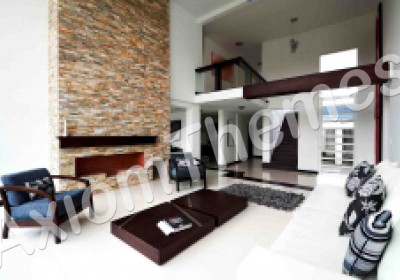Let’s see. Do I want to refinance now or wait until I finish with my home improvements? Or do I go ahead and get a construction loan, complete my addition, then refinance both my mortgages when the addition is complete? Do I need the value of my new addition to increase my appraised value? These are questions many in America are asking, improve now or refinance now? Why not do both?
Historically, when one wanted to use the equity in their home for home improvements there were two distinct ways. Obtain an equity loan based upon current appraised value or get some building plans and specifications together, along with a contractor’s bid and get a construction loan. What are the differences?
First, let’s look at the similarities. Both are usually second mortgage loans. Liens that subordinate to a current first mortgage. The equity loan is based upon the current market value of the home and the construction loan may use the “as finished” value of the home. That’s the value of the house after the improvements have been completed. It’s common during a major remodel of a home to have the cost of construction to surpass the current value of the property. And without any equity in the home, lenders aren’t as inclined to offer their best programs when someone is automatically “upside down” with regards to value.
Many times, second mortgages will carry a higher rate than a first mortgage or in the instance of an equity loan or line of credit the interest rate itself will be an adjustable one. Low now, but higher later.
That presents a problem. If you elect to take a construction or equity loan, then that rate may be higher than what’s currently available for a first mortgage refinance. And if your construction period will last for two or three months, then there’s no guarantee that interest rates will be where they are now. You run the risk of getting a construction loan while keeping your fingers crossed that interest rates stay low. At least until you have time to build on your house and refinance your new note. Until now.
Some lenders offer a mortgage refinance that does both. Refinance a current first mortgage into a lower rate while at the same time borrowing enough for home improvements. How is this done? Both Fannie Mae and Freddie Mac have programs that allow for a homeowner to refinance their current mortgage using today’s low fixed rates while at the same time borrowing still more money for home improvements. Again at today’s low rates, not at higher or variable construction loan terms.
For instance, you want to make some improvements on your home such as an extra bedroom and an extra floor. Your current mortgage is $180,000 while your house would appraise at $200,000. Not much room there for an equity loan is there? Your improvements will cost $100,000 and your new value will be somewhere near $300,000 when construction is finished. Using this new mortgage program, you will now be able to not only refinance with the most competitive rates available, but you’ll also be able to borrow enough for home improvements while using the “future” appraised value of your home and all the equity that comes along with it.
So quit thinking in the past. Not all lenders will offer this program, so you might need to shop a bit. But don’t think that a construction loan and a regular refinance are two different animals. They don’t have to



